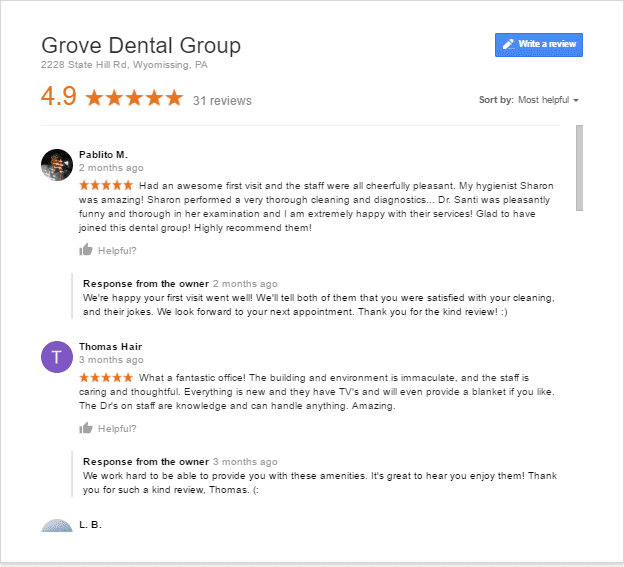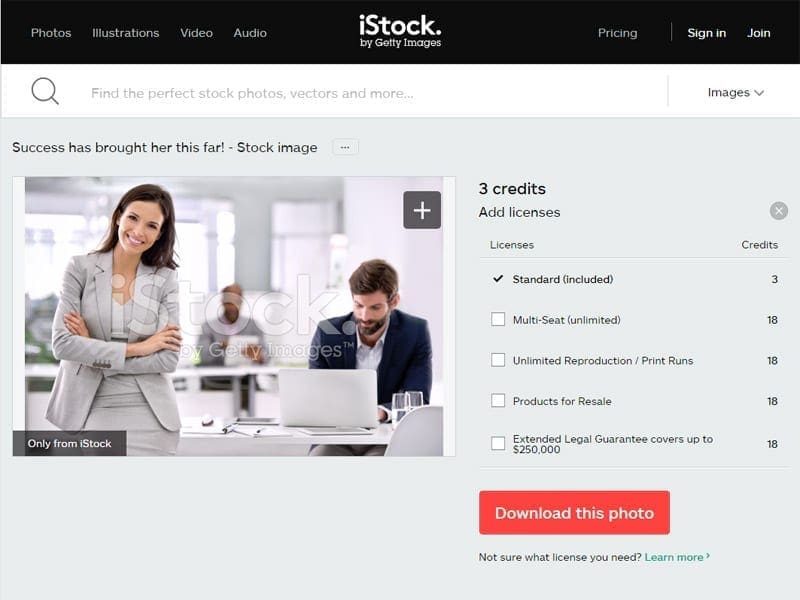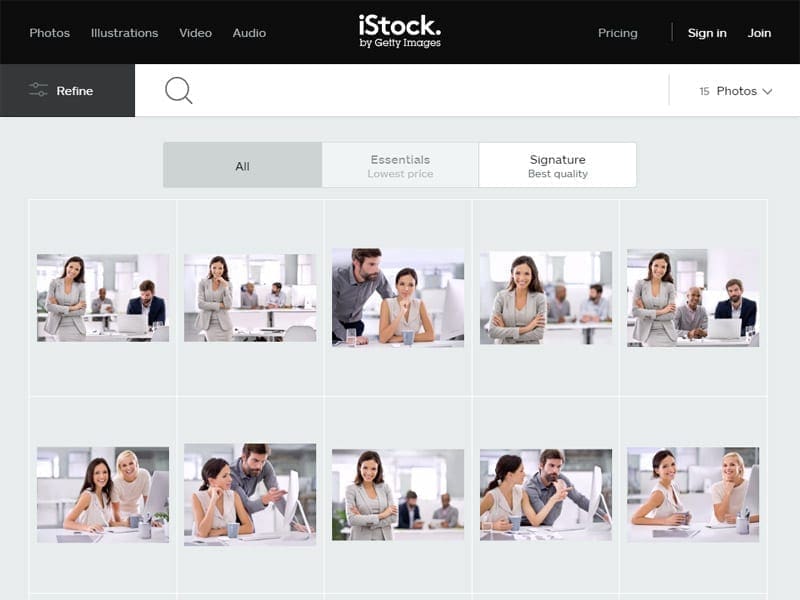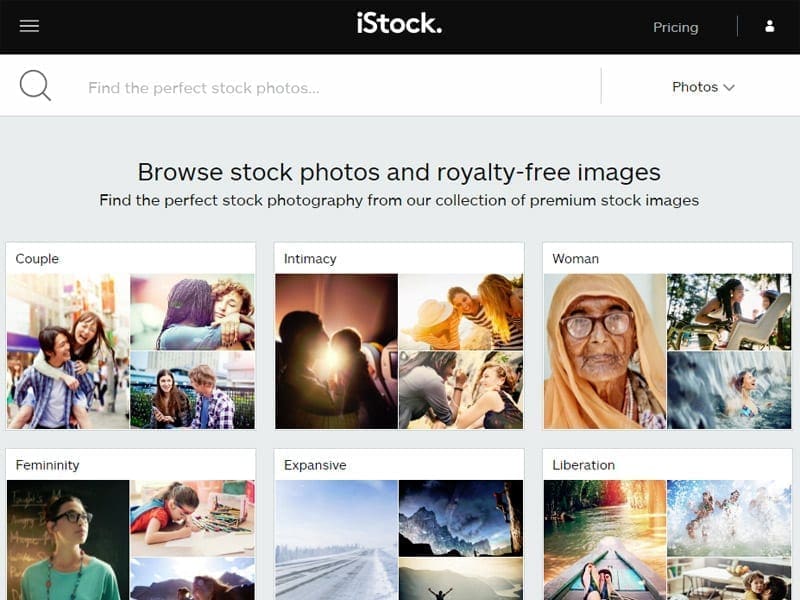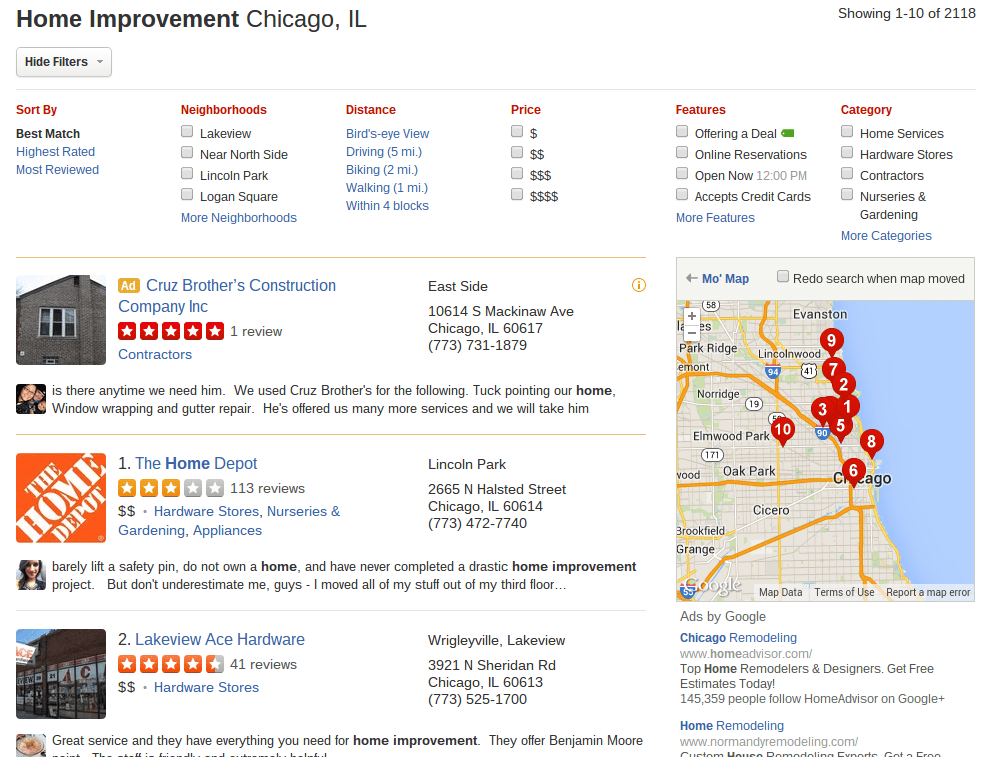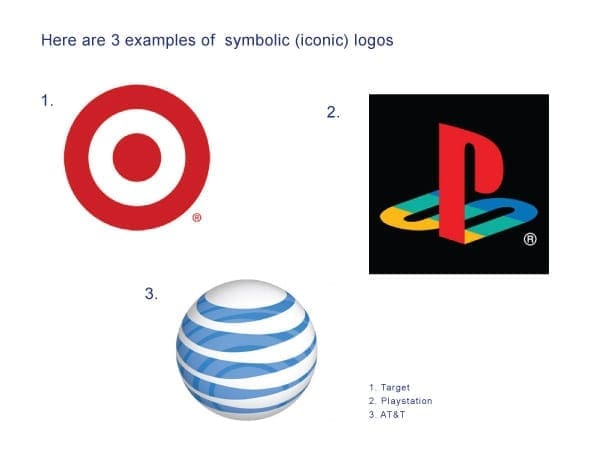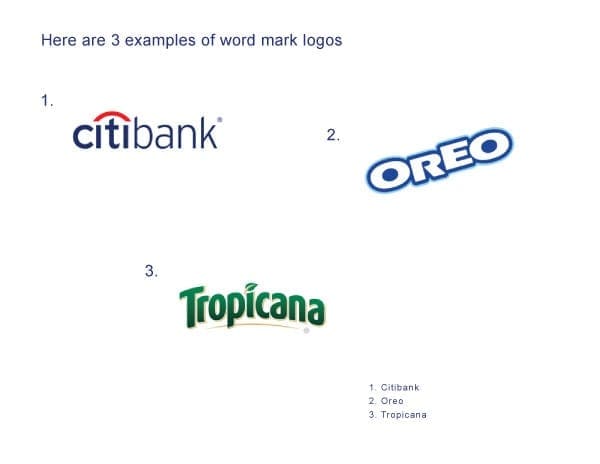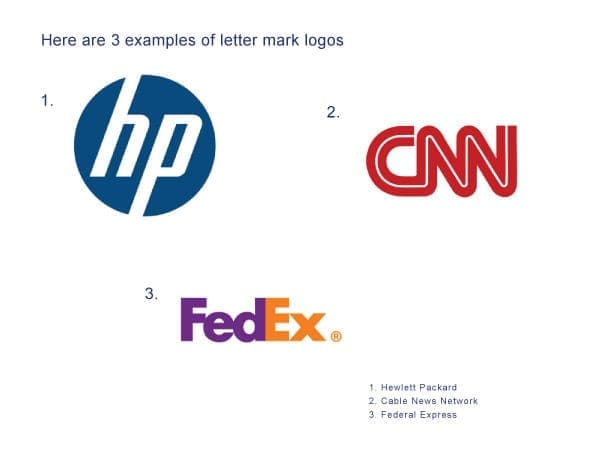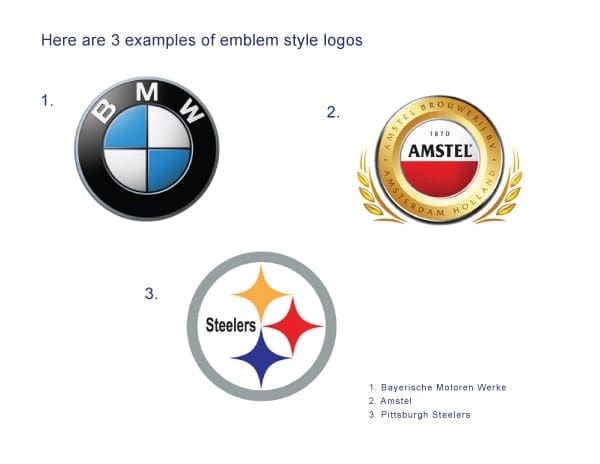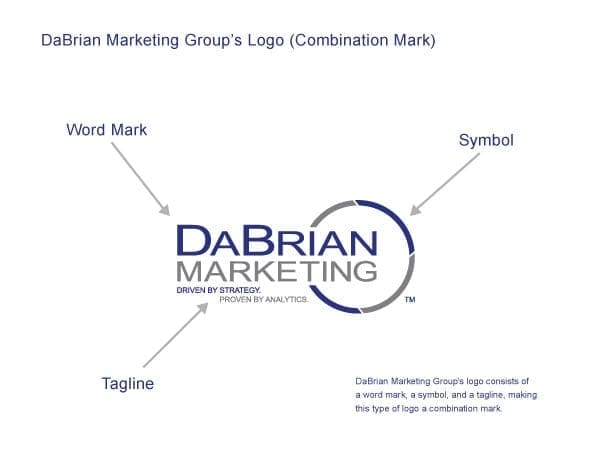Congratulations! You’ve just launched a new service and are eager to create a strong online presence. Or perhaps you’ve just been given the green light for your business’s first website redesign since Al Gore invented the internet. Either way, you’re ready to start the process of crafting a winning digital brand strategy. However, before you start shouting your message to anyone and everyone, there are some important things you need to consider.
The Importance of Brand Voice
First, you need to establish your brand’s voice, or how you plan to consistently express your brand through words. While images, videos, and podcasts have grown in importance, text-based communication remains critical to online marketing. Relatable language lends credibility to your message and can contain the keywords that your customers are searching for.
While you can certainly improvise and have some success, by not having a defined brand voice you risk confusing your audience with different messages. And since 83 percent of customer loyalty is driven by trust, mixing your messages makes turning first-time customers into returning customers that much harder.
Instead, consider how you’re going to communicate your value before you start a conversation with the audience. The process can be broken down into four easy steps:
1. Define Your Major Brand Traits
Think of a few words or phrases that describe your business, your product, or your culture. Are you professional or fun? A thought leader or a product innovator? Whatever words or phrases you choose, these brand traits will form the foundation of your company’s marketing efforts and the cornerstone of your brand voice.
The characteristics should reflect the value you aim to provide. Do your B2B customers want to hear that you’re adventurous? Maybe not. But if you sell gaming products, that trait might resonate with a large segment of your target audience.
2. Convey Why You’re Different
Odds are, the traits you’ve chosen to reflect your company aren’t exactly unique. We get it: here at DaBrian, we’re also quirky and authentic. Remember, you’re trying to reach the same buyers as competitors in your industry. This means there’s a good chance that you’re all defining yourselves in similar ways. However, if you can move past the “what” and the “how” to convey the “why” to your listeners, you can quickly set yourself apart from the crowd.
The WHY is about what a company believes in, not about what you make or how you make a profit. So extend each of your key defining traits so that they begin to tell a story. If one of your traits is “irreverent”, have a plan to explain why you’re irreverent. People want to hear your David vs. Goliath origin story, not the latest software features you offer. Influential companies link their purpose with their brand voice to convey why they are different.
3. Give Your Voice a Break and Listen Up
This is a key step that many companies skip in their rush to spread their messages. Don’t forget that the audience you’re trying to reach probably has its own way of communicating. Take a break from developing your own brand voice and tune in to what your peers, competitors, leads, and customers are saying.
Every industry has jargon that you need to be careful to include – or avoid – in your own messaging. Brands that fail to embrace the language of their target audiences come off as outsiders who don’t care about the people they want to work with. Companies that listen develop stronger brand voices, and come across as consultants instead of the latest in a long line of product pushers.
4. Put Brand Voice into Action
Once you’ve agreed on a few unique traits for your brand voice and confirmed that they align with your audience and industry, it’s time to put your plan into action. Extend your voice characteristics to include a few practical “do’s” and “don’ts” for your marketing team. If your brand voice includes “passion”, you might give the direction to include strong action verbs and to take a stand, even on controversial issues. You might also tell your marketers to avoid passive voice and lukewarm endorsements.
Lastly, make sure your team is on-board. Your brand voice needs to be clearly articulated to everyone in your organization as part of your overall brand guidelines. Go through examples of content that hit the mark. And show content that misses the mark, and make suggestions to fix it. Doing so will provide clarity for your content team and ensure that your brand voice is consistent across your marketing channels.
Conclusion
Developing your brand voice is crucial to conveying your brand’s personality and authenticity to potential customers. With just a few unique traits that resonate with your target audience, you’ll be on your way to digital content that builds brand awareness and customer loyalty.
For more information about brand elements to consider when designing digital content, contact us or leave us a comment below!

